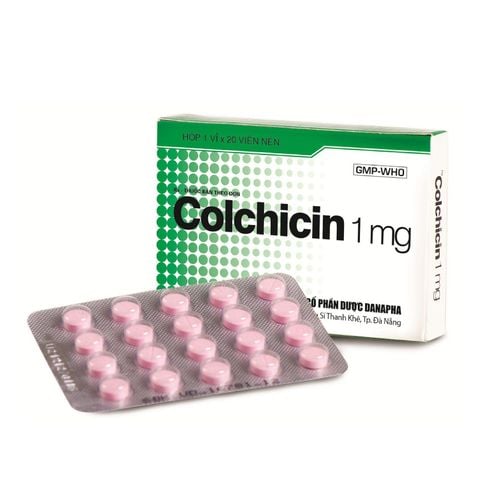This is an automatically translated article.
The article was professionally consulted by MSc Vu Van Quan - Department of General Surgery & Anesthesia, Vinmec Hai Phong International General Hospital. The doctor has more than 10 years of experience working in the field of General Gastroenterology.Submandibular adenomas, whether benign or malignant, can lead to dangerous health risks. Submandibular adenoma, also known as mandibular salivary gland surgery, is a method of treating submandibular malignancies. This method is done by making an incision to remove and cut away the tumor and prevent the spread to other organs.
1. What is submandibular malignancy?
Submandibular adenoma, also known as salivary gland malignancy, is a rare abnormal growth in the salivary glands. In terms of anatomical location, the salivary glands are located at the back of the oral cavity and are responsible for producing saliva to help the body digest food. Submandibular gland tumors can be benign or malignant. 80% of tumors located in the major glands are benign, but in the rest, 80% of tumors are malignant.2. Submandibular adenoma surgery
Submandibular adenomas are curable only when the tumor is found and removed before it spreads and metastasizes. Submandibular adenoma surgery also known as mandibular salivary gland tumor surgery is a treatment method with incisions made to remove and cut away the tumor and prevent its spread to other organs. The most common treatment is surgical excision, which aims to completely remove both the salivary gland and the affected area. However, this technique is prone to dangerous complications if the important nerves in the face and tongue are also removed.2.1. Indications Submandibular adenomas Benign submandibular tumors with multiple foci or large submandibular tumor size. Chronic submandibular gland inflammation, fibrosis has been treated medically but has not responded to treatment. 2.2. Contraindications Extensive submandibular adenoma that is not capable of extensive resection or is not capable of radical cervical lymph node dissection or has distant metastases. Patients who are elderly, weak, malnourished, are suffering from systemic diseases (cardiovascular, diabetic, respiratory ... have not been treated stably) with no indications for endotracheal anesthesia or the risk of non-healing incisions.

3. Resection of submandibular melanoma
When submandibular melanoma invades or disrupts the capsule, surgical curettage of the submandibular region should be performed according to the principles of appropriate oncology. If necessary, it may be necessary to cut adjacent muscles and nerves, such as the mandibular branch of the facial nerve, the biceps muscle, the scapular muscle, or the subungual muscles.Indication for radical cervical lymphadenectomy in cases of clinically confirmed submandibular adenoma with lymph node metastasis. If the submandibular malignancy is minimally invasive, only IX nerve-conserving modified cervical lymph node dissection is required. In the absence of palpable cervical lymph nodes clinically, elective cervical lymphadenectomy is indicated if the submandibular malignancy is large and has high histological grade.
For patients with late stage submandibular adenocarcinoma, submandibular melanoma may invade the jawbone or floor of the mouth, making it difficult to distinguish whether a malignant tumor originates from the floor of the mouth or from the floor of the mouth. from the sublingual gland clinically. In these cases, complete resection of the submandibular gland with a segment of mandibular bone is usually required and reconstruction with a vascular skin-muscle-skeletal flap.
4. Complications and management after submandibular malignancy

Paralysis of the mandibular nerve branch of the VII nerve: In the case of temporary paralysis due to inflammation, antibiotics and anti-inflammatory drugs can be used to gradually recover. If the nerve is completely severed, an autologous nerve transplant can be performed.
Leakage from the oral cavity to the skin: This is a rare complication after surgery for submandibular melanoma, usually only in the case of late-stage submandibular melanoma invading the floor of the mouth, when surgically removed. complete submandibular gland along with a segment of the jawbone. In this case, the patient needs local care and antibiotics and anti-inflammatory drugs. In cases where the fistula does not heal, surgical removal of the fistula is required.
Necrosis of the musculoskeletal flap: Need to remove necrotic tissue, local care, use antibiotics and anti-inflammatory drugs. After a period of time, when the incision is clean and the granulation tissue grows well, reconstructive surgery with another flap can be suggested.
Vinmec International General Hospital with a system of modern facilities, medical equipment and a team of experts and doctors with many years of experience in neurological examination and treatment, patients can completely peace of mind for examination and treatment at the Hospital.
Please dial HOTLINE for more information or register for an appointment HERE. Download MyVinmec app to make appointments faster and to manage your bookings easily.














